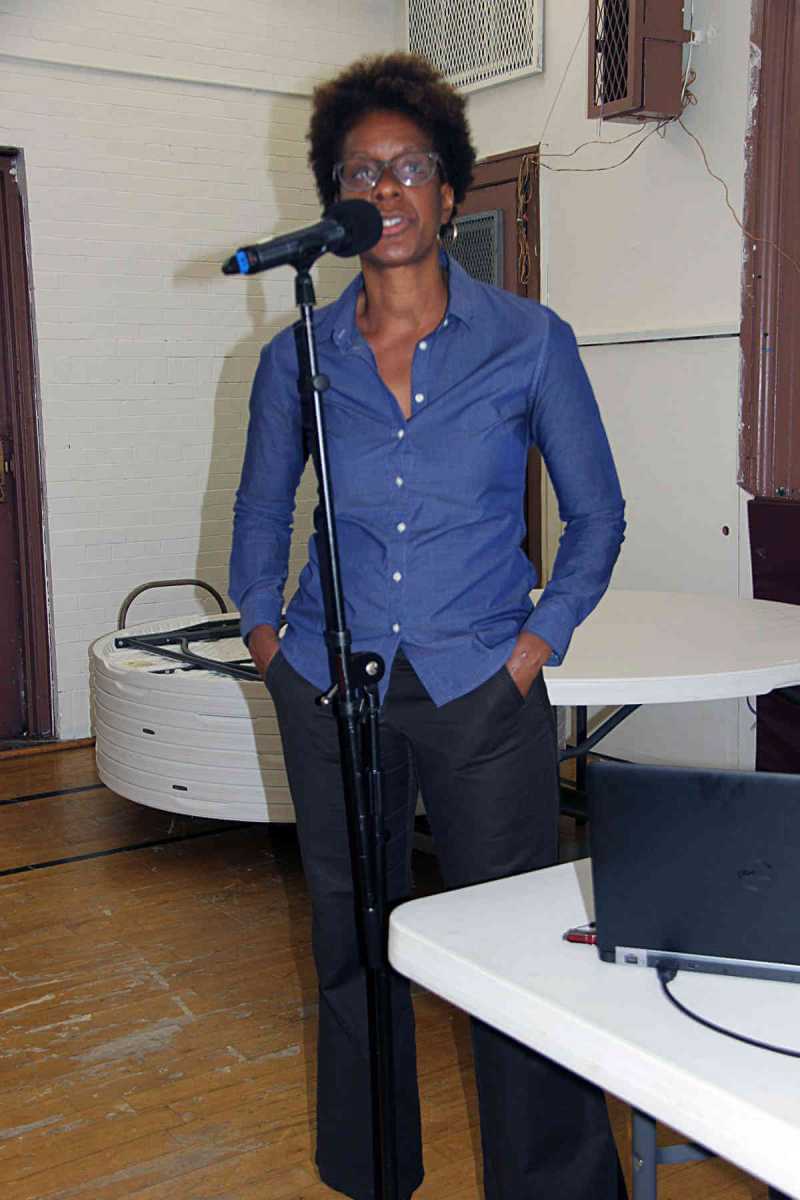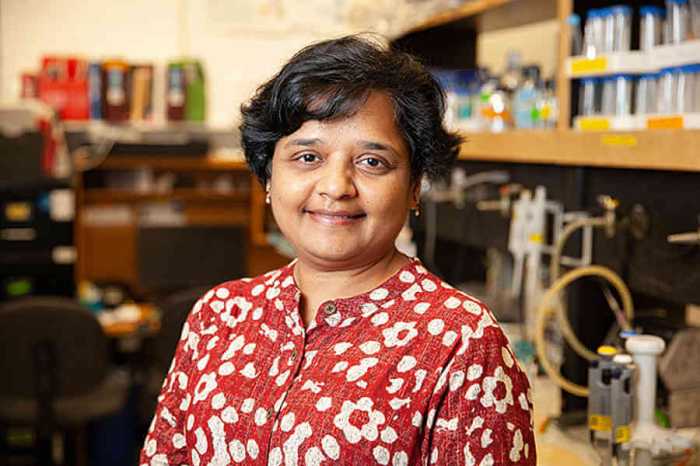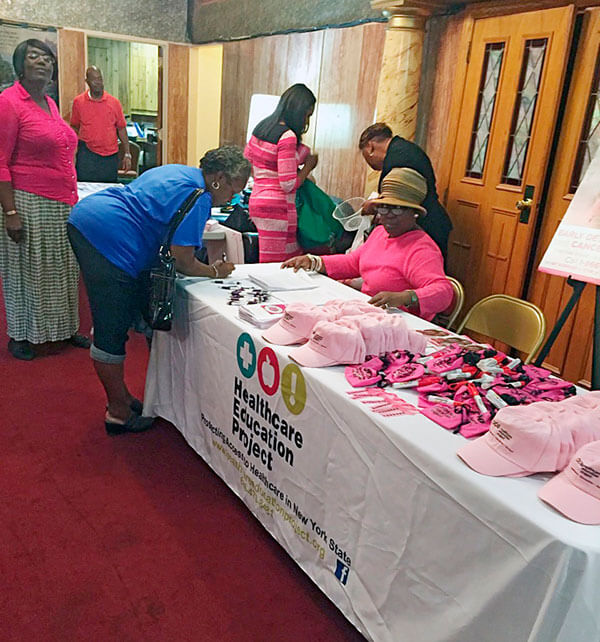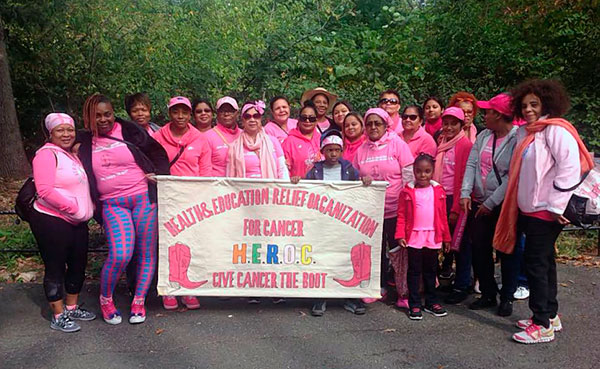Physicians at Cornell Center for Health Equity at New York-Presbyterian (NYP) Hospital have issued a stark disclosure that cancer is now the leading cause of premature death before age 65 in all of Brooklyn’s Community Districts.
Moreover, Dr. Erica Phillips, associate professor of Clinical Medicine and director of Community Outreach and Engagement, told a community round table about health disparities in the prevention and control of cancer, at Vanderveer Park United Methodist Church in Flatbush, Brooklyn, that cancer will become the leading cause of death in the US by 2020.
Dr. Phillips based her conclusion on a 2016 report by the Atlanta-based Centers for Disease Control and Prevention (CDC).
“A combination of increased prevention and improved medical treatment of cardiovascular disease (CVD) has allowed cancer to gradually replace heart disease as the leading cause of death in high-income countries,” she said.
With average annual cancer cases of 39,377 in New York City, in a population of 8.3 million, Dr. David N. Nanus, Director of Oncology Clinical Services at Weill Cornell Medicine Meyer Cancer Center, said that Brooklyn has the highest annual cancer rate of 11,531; followed by Queens (10,766); Manhattan (8,217); the Bronx (6,096); and Staten Island (2,767).
He identified prevalent cancers in Brooklyn as prostate, gastrointestinal, gynecological and lung.
Dr. Phillips said the age-adjusted death rate per 100,000 for malignant neoplasms (cancer) in Brooklyn in 2016 is as follows: Greenpoint (118); Downtown (104.3); Brooklyn / Heights / Slope (149.7); East New York / New Lots (139.7); Sunset Park (143.4); Borough Park (120.7); Flatbush/East Flatbush (120.7); Canarsie and Flatlands (134.,7); Bay Ridge / Bensonhurst (123.9); Coney Island (145.4); and Williamsburg/Bushwick (131.8).
She said based on the New York State Cancer Registry age-adjusted death rate in 2016, the mortality for lung cancer in Brooklyn was 24.3, compared to 21.7 in Manhattan.
For colon cancer, the mortality rate was 13.3 in Brooklyn, compared to 11.5 in Manhattan.
The mortality rate for prostate cancer was 18.2 in Brooklyn, compared to 19.3 in Manhattan.
Breast cancer’s was 20.0 in Brooklyn, compared to 18.8 in Manhattan.
In Brooklyn districts, Coney Island was second for lung, colon and breast cancer; Bedford-Stuyvesant and Crown Heights were first for breast cancer, second for prostate cancer and fourth for both lung and colon cancer; and Flatbush and East Flatbush were third for colon and prostate cancer.
Dr. Phillips said cardiovascular disease and cancer share several common risk behaviors, such as physical inactivity, unhealthy diets leading to obesity, excess alcohol and smoking.
“Yet, few health promotion messages discuss the similarities and common prevention strategies,” she lamented.
Dr. Phillips disclosed that “concerted efforts” contributed to increasing screening of colonoscopy rates from 42 percent in 2003 to 62 percent in 2007 and a screening rate of almost 70 percent in 2014, “with the elimination of racial and ethnic disparities in colonoscopy screening rates.”
Alan Lee, chief operating officer of NYP Brooklyn Methodist Hospital, said NYP Community Outreach in Brooklyn provides over 350 events annually, serving more than 20,000 people.
He said these events include health fairs, lectures, school talks and tours, chronic disease workshops and liaise with over 15 support groups.




























